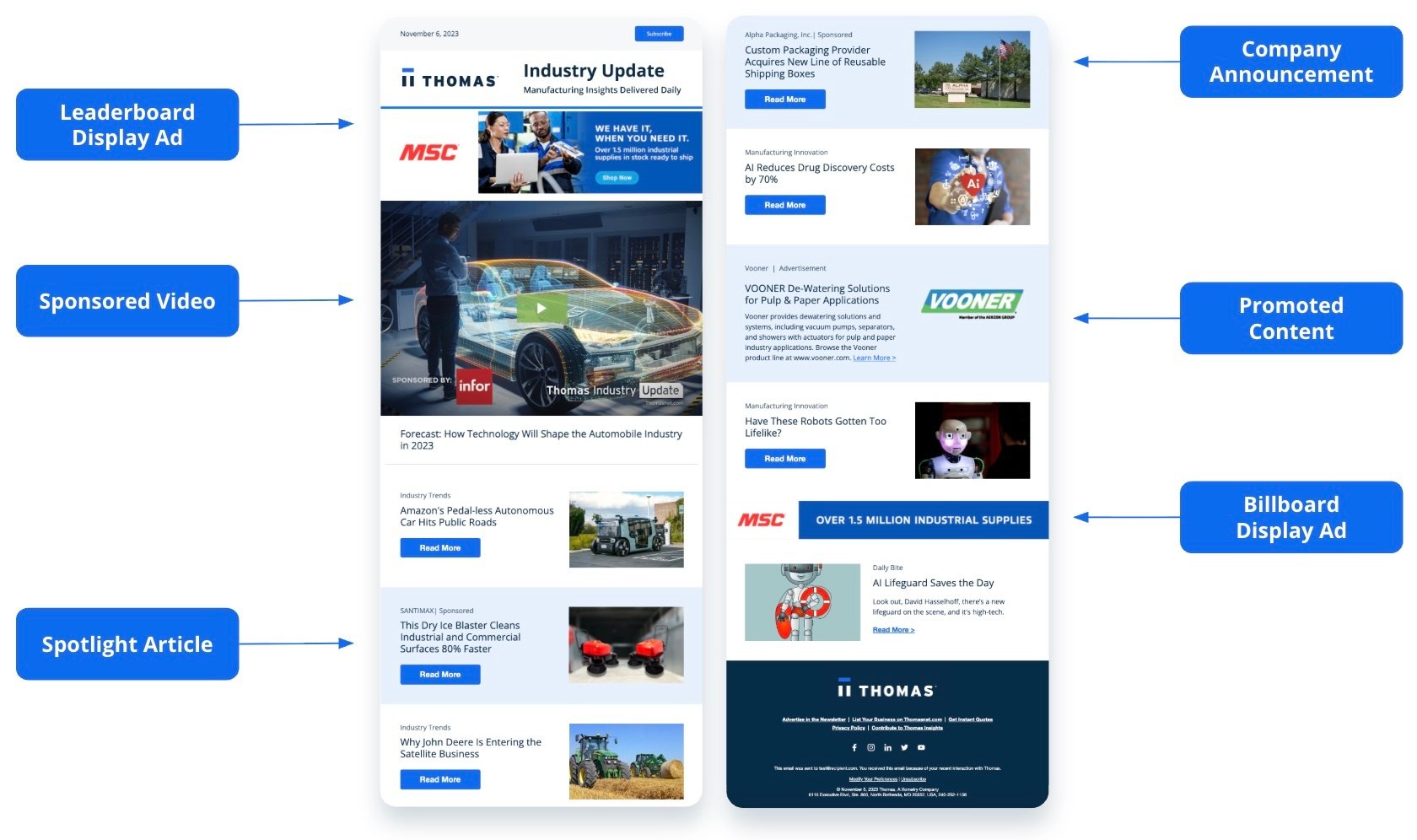9 Tips to Break Through Writer’s Block
Shelagh Dolan February 9, 2016
We’ve all experienced it; your fingertips are grazing the keyboard, lightly tapping in rhythmic motion, waiting for your brain to catch up.
Your eyes scan every object on your desk and the surrounding walls, desperately seeking inspiration.
After hours of banging out blog posts and crushing editorial calendar deadlines, you’ve simply run out of things to say.
You don’t need to be working on the next great American novel to experience a bout of writer’s block. Whether you’re writing eBooks, email blasts, blogs, or social media posts, you’re bound to experience writer’s block at some point. Here are 9 tips on how to get out of the writing rut and back on the content train.
1. Make an outline.
This could be as simple as Intro, Body, and Conclusion with one bullet point each. It could be a robust blueprint with subheadings and lists of sources for every topic you’d like explore. However you decide to do it, creating an outline gives you the skeleton of an idea and a direction for how to build out your content.
2. Jump around.
The writing process doesn’t need to be linear, especially when you’re first learning about a topic. Writing the conclusion first can be an easy way to start researching basic information and becoming more familiar with a topic or a company. Jump around the piece and slowly begin filling out the outline you created.
3. Do some research.
If you’re having trouble starting a piece, take a break from trying to write and focus on reading instead. What have other people said about the topic? What are the common issues? After just a few clicks, you’ll begin to see popular points you can reference or repurpose while adding an original angle to your content.
4. Work on something else.
Sometimes you just need a break. In client services, especially, there’s always other work to be done. Close out of all the windows you had open and try working on something completely different. You’ll come back to your piece an hour or a day later with renewed perspective.
5. Change the feng shui.
If you work from home, this is easy. Go to a new coffee shop, a different room in the house, or outside with a pen and paper – just do something to switch the scenery. Sitting in the same place for too long doesn’t help the creative juices flow.
6. Get in the zone with a playlist.
Spotify has an entire category of playlists dedicated to focus and productivity. You don’t have to listen to instrumental music or smooth jazz to stay on top of your work though; if your office has an open floor plan or your coworkers are constantly on calls, sometimes just listening to anything familiar will help you block out distractions from the outside world.
7. Get up and do something.
Go for a walk, a bike ride, or a drive. If you’re stuck in an office where this isn’t possible, try taking a lap around your floor. Leave to get some fresh air, run an errand, or grab a coffee. Sometimes you just need a 15-minute break to take your mind off of work before refocusing on the task at hand.
8. Eliminate distractions.
Put your phone away or, better yet, turn it off. If possible, work offline. For those of us who have trouble staying off Twitter or checking our phones, there’s an app for that; SelfControl, FocusWriter, and Anti-Social are all programs you can install to block digital distractions and maximize productivity.
9. Just write.
Sometimes you’ll write something that you know is terrible but you have to keep writing anyways. Rambling can be helpful just for the sake of getting ideas out of your head and onto the page.
Once you’ve given yourself something to work with, you can easily rearrange and re-shape paragraphs. In fact, when you revisit your work the next morning with a fresh perspective, oftentimes the problem isn’t nearly as difficult as it originally appeared.
Did you find this useful?








